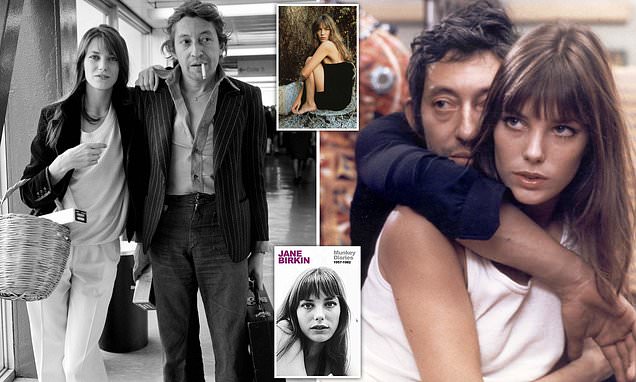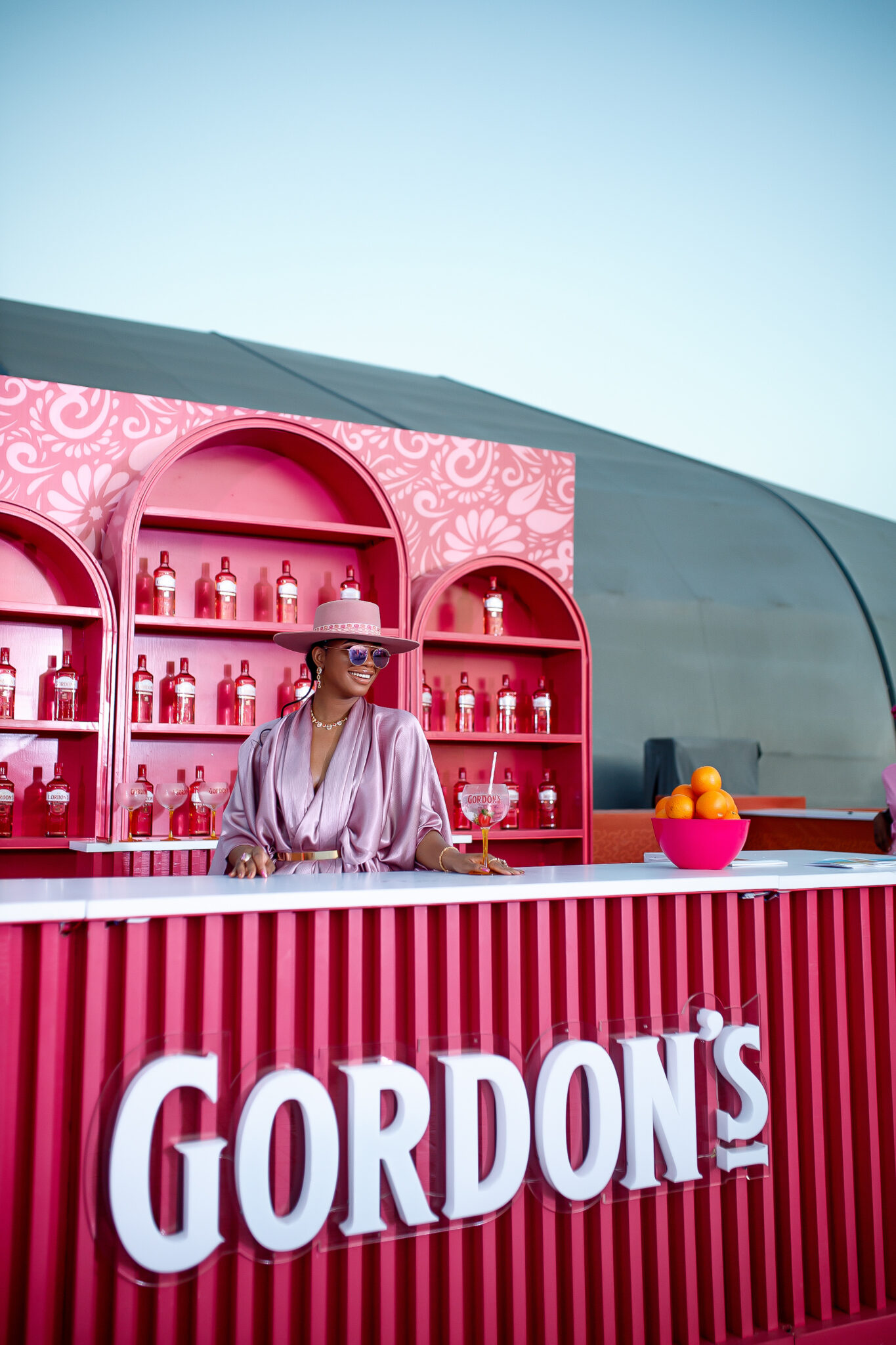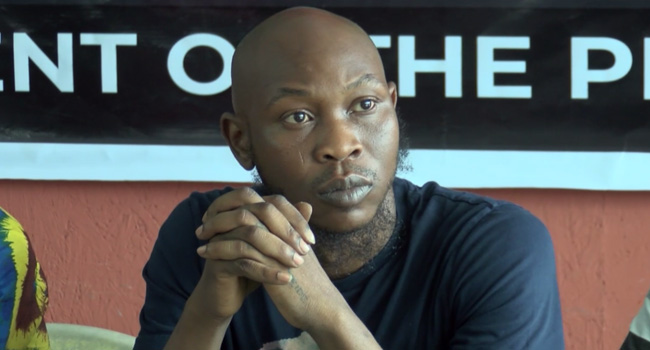If you’re too young to remember the Sixties, then you’ll have heard of Jane Birkin thanks to the Hermès handbag which is named after her. A Birkin bag costs the same as a small car, and even getting on the waiting list for one is a challenge. Victoria Beckham is said to own more than 100 Birkins in different colours.
Although Jane Birkin is one of the enduring style icons of the Swinging Sixties, most of us would struggle to name one of her films. Yet, in France, where she has lived for the past 50 years, she is a national treasure, an award- winning actress and singer and of perennial fascination to the gossip magazines.
Born in London, Birkin grew up in a loving family but was a shy and insecure child, teased at school for being awkward and flat-chested. From the age of 11, she poured out her thoughts in a diary which was addressed to her childhood toy, Munkey, hence the title of this book which is part-diary, part-memoir.
At 17, she discovered make-up and tight jeans and, overnight, the gauche teen morphed into a beauty with endless legs, tumbling hair and an endearing gap-toothed smile. She had just landed her first small film part when she met John Barry, who wrote the score of From Russia With Love and Goldfinger.
He was the greatest film composer of his time and he was terribly attractive,’ she writes.
To the horror of her parents, Jane and John Barry married soon after her 18th birthday. Her new husband was 14 years older than her and the marriage was a disaster. He was cold and aloof, she was clingy and insecure. Shortly after the birth of their daughter Kate, Jane left him.
In 1968, having achieved some notoriety in Antonioni’s classic film Blow-Up where she cavorted nude with another actress, she was offered a role in a French film, Slogan. The star was Serge Gainsbourg, and they soon fell in love.
Unlike Barry, Gainsbourg was intensely romantic: the night before she returned to London, he ‘cried all night in silence in front of a lit candle’. Fortuitously for their romance, she was soon offered another film part in France and she and her daughter moved permanently to Paris.
Gainsbourg’s charms have always been a bit of a mystery to the British but, in France, he was a superstar, considered the most influential musician of his time. He was her mentor, 18 years older, and Jane was completely besotted with him.
‘He is very strange looking but I love him; he is so different from all I know —and rather degenerate — but pure at the same time,’ she swooned.
Together they recorded Je T’aime . . . Moi Non Plus which Gainsbourg had originally written for his lover Brigitte Bardot.
They were ‘the couple of the year’, she noted gleefully in 1970, and when they weren’t working they stayed out dancing and drinking all night, getting home in time to wake up the children and hand them over to the nanny, before collapsing into bed.
But things weren’t always idyllic. Gainsbourg was so domineering that when baby Charlotte outgrew her cot he refused to let Jane buy a new one, even though the child’s feet were sticking out of the end. ‘Just put socks on her feet,’ he instructed her.

There were ‘terrible scenes’ when they had jealous fights and, on one occasion, Jane flung herself into the Seine, having first checked that Serge was there to witness her suicide attempt. (To her great annoyance, her Yves St Laurent shirt shrank in the water.) At other times, she writes: ‘I love his hair, his hands, his warmth. I want to kiss him and hold him until I cry with loving him.’
The French embraced Jane as one of their own and her career rocketed. In the mid-Seventies, she made eight films in two years and also recorded numerous best-selling albums, but success outside France eluded her.
She went to Egypt to make the celebrity-studded Death On The Nile with Peter Ustinov, Bette Davis, Mia Farrow and Maggie Smith and admitted: ‘The nights in the bar were more memorable than the film.’
Her relationship with Gainsbourg became increasingly fraught. Both drank heavily and they quarrelled constantly. Sometimes he is ‘sweet Serge’, the most fastidious man ever. At other times she rages in her diary about how dirty he is: ‘No bath in four months and filthy black feet.’
He steamed open her letters and rifled through her belongings and Jane writes sadly: ‘I don’t really belong anywhere in the house.’

In 1979, she agreed to make a film directed by Jacques Doillon and was surprised to find he wasn’t an old man, as she had expected, but ‘an incredibly beautiful boy’. Although she believed she could never be happy without Serge, she was increasingly drawn to Doillon.
I’m 33 and I’ll soon be old and here is someone so in love with me that I can hardly resist knowing what it is like to be loved that much,’ she tells her diary.
After months of uncertainty, she decided she wanted ‘a house full of sunshine, children playing in the garden, nothing forbidden, no more orders,’ and left Gainsbourg.
Although she is painfully honest about her emotional life, Birkin’s writing style is rather flat and you long for more colour and pizzazz — a sense of what London was like in the Swinging Sixties, juicy details about clothes and food and parties and all those film sets.
She is relentlessly nice about everyone, even Gainsbourg’s other great love, Brigitte Bardot, who is ‘a darling, extremely kind to me . . . I looked at her from top to toe to try to find a little fault. There was none; even her feet were beautiful.’
You can’t help warming to Birkin, her sweetness and openness and her desire for the simple, uncomplicated life which constantly eludes her. ‘What I was at 12, I am still today,’ she reflects. ‘The lack of confidence, the jealousy, wanting to please…’
This touching memoir ends in 1982 as she awaits the birth of her child by Doillon.
Even though she is revelling in a tranquil family life with Doillon she is anguished at having left Serge, who had dominated her life for 13 years: ‘No one can ever, will ever, be able to take his place.’

























